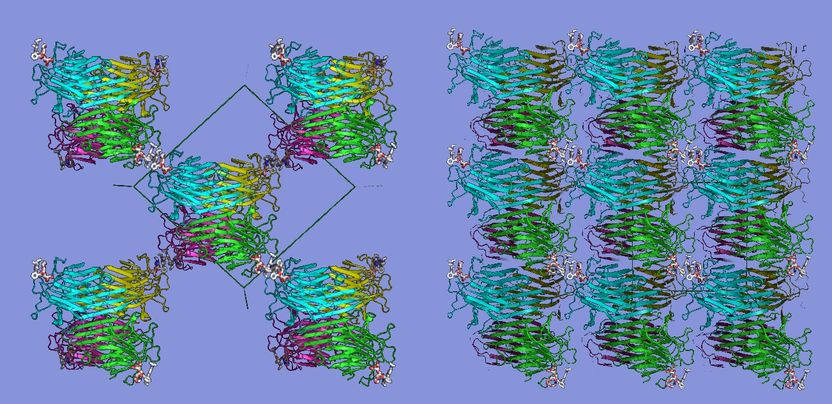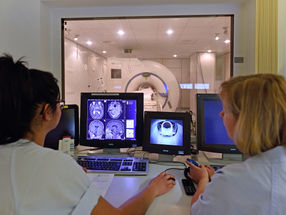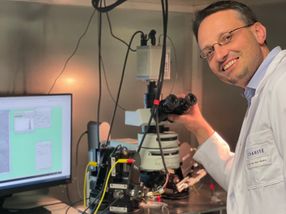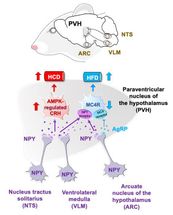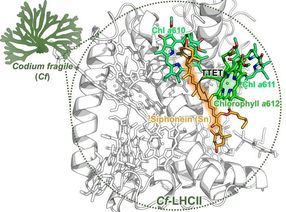NIH Awards $4.2 Million Grant to Scientists at Scripps Research to Speed DNA Sequencing Technologies
Advertisement
A team of scientists at The Scripps Research Institute in California and Oxford University in England have been awarded a $4.2 million five-year grant to conduct basic science aimed at speeding the rate at which the next generation of DNA sequencing technologies will become available to scientists and clinicians.
This award is part of a larger initiative announced by the National Human Genome Research Institute (NHGRI), part of the National Institutes of Health (NIH). According to the NHGRI, the grants, which total $32 million, aim to advance the development of innovative sequencing technologies, reduce the cost of DNA sequencing, and expand the use of genomics in biomedical research and health care.
The new Scripps Research grant, titled "Single-Molecule DNA Sequencing with Engineered Nanopores," is a collaborative effort between the laboratories of Scripps Research Professor Reza Ghadiri, Ph.D., and Oxford Professor Hagan Bayley, Ph.D. The goal is to develop technology that enables scientists to sequence a single piece of DNA-something that isn't yet possible.
Over the past decade, DNA sequencing costs have fallen more than 50-fold, fueled in large part by tools, technologies, and process improvements developed as part of the successful effort to sequence the human genome. However, it still costs about $10 million to sequence 3 billion base pairs-the amount of DNA found in the genomes of humans and other mammals. Ultimately, NHGRI's vision is to cut the cost of whole-genome sequencing to $1,000 or less, which would enable the sequencing of individual genomes as part of routine medical care.
Ghadiri, Bayley, and their colleagues aim to engineer a device with the ability to recognize a nucleotide on the basis of changes in electrical current as it passes through a nanopore-a naturally hollow molecule that can be imbedded into membrane surfaces where they are just big enough to allow ions, small molecules, and other molecules such as DNA to pass through. Pieces of DNA can thread through these pores, and the team has developed a way to recognize which types of bases are passing through.
Because DNA bases are negatively charged, when they pass through the pore, the electrical conductance changes. Potentially, a researcher could measure the sequential conductance changes as a DNA strand passes through the nanopore to determine the linear sequence of the DNA. The goal of the grant is to conduct the basic science that will enable the development of this technology.
Most read news
Organizations
Other news from the department science

Get the life science industry in your inbox
By submitting this form you agree that LUMITOS AG will send you the newsletter(s) selected above by email. Your data will not be passed on to third parties. Your data will be stored and processed in accordance with our data protection regulations. LUMITOS may contact you by email for the purpose of advertising or market and opinion surveys. You can revoke your consent at any time without giving reasons to LUMITOS AG, Ernst-Augustin-Str. 2, 12489 Berlin, Germany or by e-mail at revoke@lumitos.com with effect for the future. In addition, each email contains a link to unsubscribe from the corresponding newsletter.
Most read news
More news from our other portals
Last viewed contents
AC Immune and Bayer Schering Pharma collaborate in brain imaging for Alzheimer’s Disease
VTT is searching for new drug targets for prostate cancer in the new IMI PREDECT project
Bacteria pack their own demise
Biotech crops experience second-highest hectarage growth on record
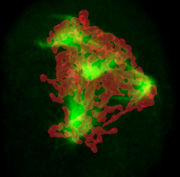
Improved effectiveness of chemotherapy for cancer
Curing HIV/AIDS gets tougher - Study shows far more 'hidden' and potentially active virus than once thought
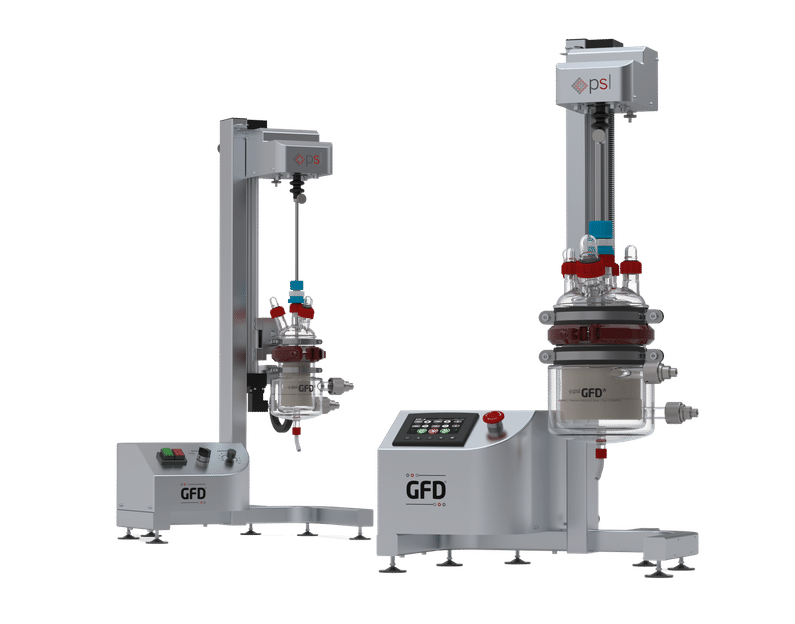
GFD®Lab Agitated Nutsche Filter Dryer | Nutsche filter dryers | PSL
